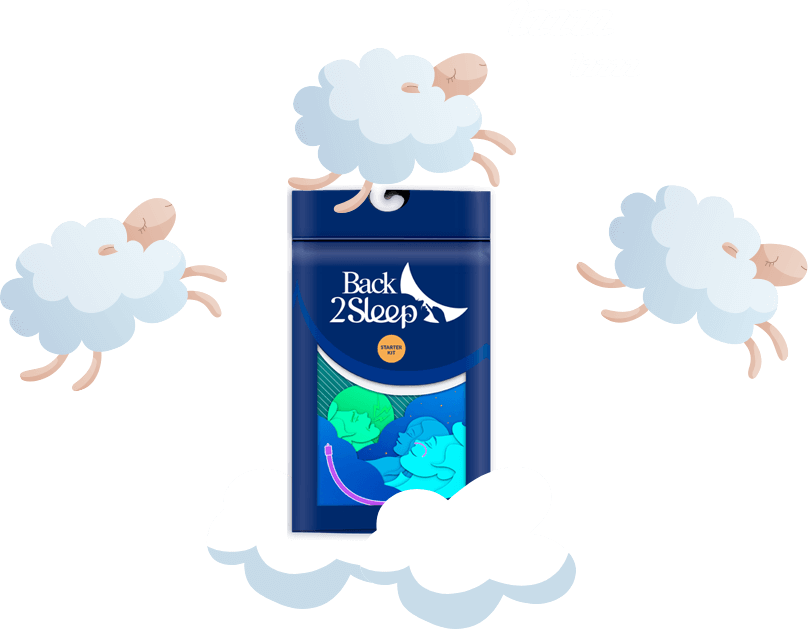It is increasingly common to hear about what is called "sleep apnea". Although this term is sufficient in itself, it may be interesting to know more about the subject. In France, today, 5 to 15% of the population suffer from this disorder and wish to obtain real answers in order to counter this syndrome and regain restful sleep. Focus on the different characteristics of this respiratory disorder.
What is sleep apnea?
Broadly, sleep apnea is a breathing disorder that occurs during sleep, as its name suggests. This syndrome is defined as a respiratory arrest or respiratory pause having an average duration of 10 to 30 seconds. Some people may suffer from longer breaks of at least 10 times per hour, compromising their rest. These repeated stops then cause a constant state of fatigue in the person involved, thus considerably altering their quality of life. The latter then only benefits from micro-sleeps, having to recover all the conditions conducive to falling asleep again.
There are three types of sleep apnea:
- Obstructive sleep apnea-hypopnea: also called OSAS "Obstructive Sleep Apnea Syndrome", this apnea results from partial or total mechanical obstruction of the airways;
- Central sleep apnea: resulting from a dysfunction of the cerebral type respiratory drive;
- Mixed apnea: breathing disorder combining the two previous forms.
Evocative signs
It is not always easy to self-diagnose this syndrome. Most of the time, we become aware of the latter when our loved ones inform us of it. They face during the night, phases of intensive snoring, followed by a pause whose duration is enough to disturb the spouse. Sleep apnea causes the patient feelings of suffocation leading to restless sleep. Among the main symptoms caused by this disorder, we find the following:
- Snoring, gasping;
- Difficulty concentrating or remembering;
- A feeling of perpetual fatigue accompanied by a dry mouth and headaches;
- A noticeable lack of energy, and regular drowsiness;
- Irritability and decreased libido.

Risk factors
Sleep apnea syndrome is a significant disorder. Depending on the characteristics of an individual, the risk increases.
- Gender: before the age of 60, sleep apnea mainly occurs in men. Men are, in fact, twice as affected as women.
- Age: this is the main risk factor. Aging is associated with a loss of flexibility in the airways.
- Overweight: when we dwell on this factor, it should be noted that it is particularly people suffering from obesity. In such a situation, the fatty deposit settles along the pharynx, causing obstruction of the airways.
- Other disorders such as type 2 diabetes (non-insulin dependent)
Other elements can also be considered among the risk factors. We will then talk about more common things such as alcohol consumption, nighttime habits (sleeping on your back), anatomical particularities, taking certain medications, or even high blood pressure. Less commonly, menopause or pregnancy may pose a risk for obstructive sleep apnea. Some children may also suffer from it.
When consultation becomes a priority
Awareness of this disorder is of great importance to patients. Indeed, this respiratory disorder exposes them to an increased risk of cardiovascular disease. If this is your case, if the question of potential sleep apnea torments you, do not hesitate to consult your doctor who will be able to refer you to a sleep specialist.
The first self-diagnosis is to take a test using what is known as the Epworth Sleepiness Scale. By responding to the eight given situations, you will obtain your drowsiness score, and based on the latter, you will be able to get a first idea of the importance of your state.
Depending on your result and what your loved ones say, make an appointment with your doctor as soon as possible. This will direct you to a center specializing in the study of sleep, in order to take an examination called "polysomnography". This will aim to define the different phases of sleep, detect apneas and assess their severity. 
Recommended treatments
If the patient is overweight, the very first point will be to lose a few pounds, which will have the effect of reducing the duration of sleep apnea. If there are no miracle solutions to this respiratory pause, certain devices have been put in place to provide more comfort to the people concerned.
To date, the treatment showing the best results is none other than the continuous positive airway pressure device, the CPAP. Although its effectiveness has been proven on several occasions, the APPC is acquired at a certain budget which can push some people to give up the latter. For the most appreciable relief and considerable savings, you can turn to the orthosis offered by Back2Sleep. All you have to do is insert it into your nose at bedtime. This silicone tube will show great discretion and maintain regular breathing thus preventing airway obstruction.
You will be offered other options depending on the severity of your syndrome. These include positional therapy, mandibular braces, or other exercises to strengthen your neck and throat muscles. Some surgical interventions can also be envisaged, however the success of the latter still remains mixed to date.

- Choosing a selection results in a full page refresh.
- Opens in a new window.







